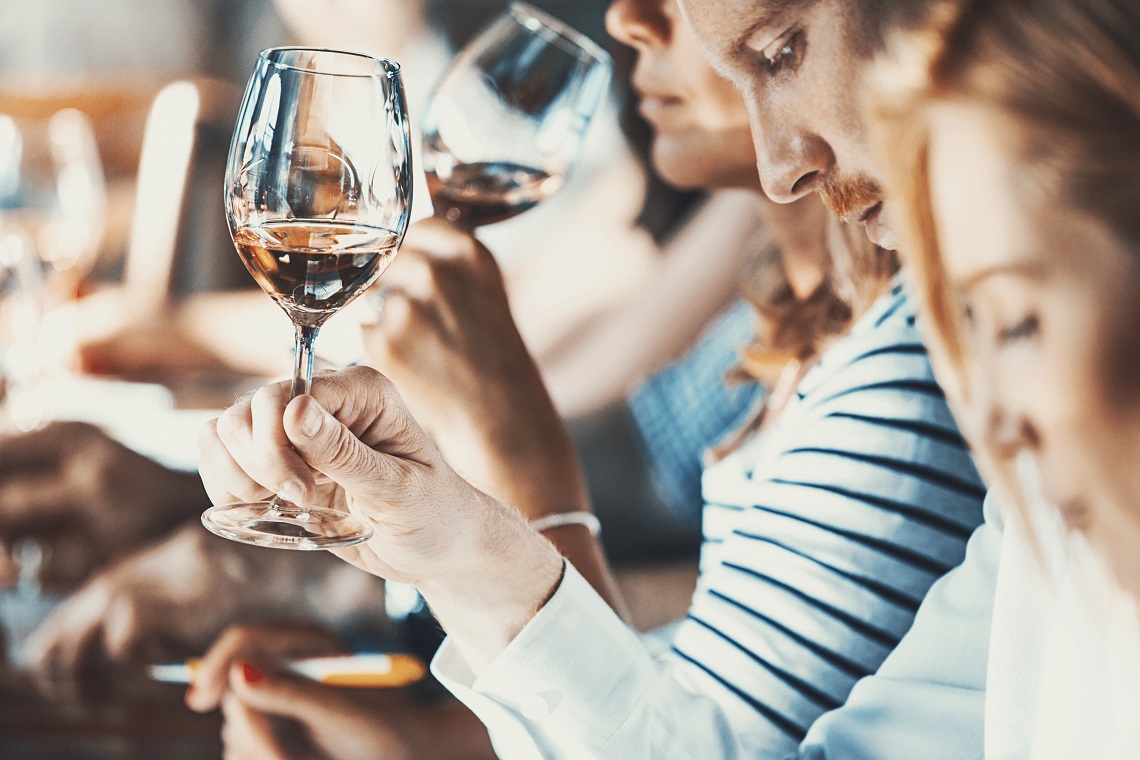Consumers accustomed to buying online based on product and price will be craving social experiences post-pandemic, but will the on-premise and off-premise be able to deliver? By Norrelle Goldring.
At time of writing, the Australian on-premise is pretty much closed other than for takeaway, and off-premise and online liquor sales are soaring.
But once the pandemic crisis eases and Australian life and the economy resume some semblance of ‘normality’, what will the liquor industry look like, and what will consumers want?
I’ve dragged the crystal ball out of the (newly clean) closet and dusted it off; so here are a few hypotheses.
Consumer psychological and behavioural hangovers
The coronavirus pandemic has forced everyone online for virtually everything, with surprisingly successful results in a number of instances (videoconferencing comes to mind). Many retail businesses have re-geared around online sales, which are expected in the near term to increase by several percentage points as a proportion of overall Australian retail. Consumers are increasingly becoming accustomed to buying online, primarily based on product range and price.
Aside from contactless delivery and cashless payments becoming the norm, this is likely to result in the acceleration of the role of experiential in physical off-premise and on-premise outlets. Why would a shopper go to a bottle shop just for product and price, when they’ve become used to doing that online?
The consumer need for experiential will see increased desire for the sensorial. Expect to see a rash of tastings in both the on-premise and off-premise once social distancing finishes. Particularly group-based tastings and events where people can share in the same room together. Conversely, consumer acclimatisation to virtual forums may mean opportunities for brands and DTC (direct-to-consumer) organisations to run virtual tastings online via videoconference, or for consumers in other states and locations to dial in via videoconference to an otherwise on-site tasting in a specific location.
The desire for social and sensorial experiences translates to an anticipated increase in brewery and winery cellar door tourism (for those operators who survive the shutdown), particularly if still encouraged by government to ‘holiday at home’, compounded by the post-bushfire messages encouraging travel and shopping local, and in an environment where international travel is still banned. Although a likely recession combined with job losses may mean a temporary shift to more value price points, consumers will still be able to travel domestically. Regions such as McLaren Vale and Margaret River, which offer a multitude of activity types, vistas and proximity to terrain such as beaches, should do well. On the other hand, the need for the experiential may accelerate the decline of production breweries with no cellar doors or other discernible points of difference.
Likewise buying local, rather than international or global brands, may increase not only as reactive consumer support, but as part of an active push toward domestic self-sufficiency and surety and hygiene of product supply, ‘untainted’ by the global supply chain. This may see domestic brands’ business skew even more heavily to their home states. Further, consumers may favour brands that have been seen to be actively supportive during either or both of the bushfires and/or the coronavirus pandemic, such as Archie Rose distillery’s well-publicised repurposing as a hand sanitiser producer.
The current price sensitivity resulting from job losses should lift as more jobs come back online post whatever recession we’re going to have. It will be interesting to see if this results in a resurgence of premium products, or whether the retention of a value-for-money mindset evidencing itself in more ‘affordable’ products such as Otherside Brewing Co’s new ‘Plan C Simple Ale’, will stick. I would expect top shelf luxury and super-premium products to suffer in the medium term due to a cautiously optimistic, rather than overtly hedonistic, consumer mentality.
Initially, consumers in the middle of the pandemic may stick with their favourites as they are psychologically considered safer bets. Over time though, consumers may tire of their ‘usuals’ and adopt a more experimental mindset. This is likely to favour the smaller, local producers who survive and will be bolstered by tastings post-social distancing.
And then there’s those abstaining. Pre-COVID-19, abstinence from alcohol had been on the rise, particularly among Millennials and Gen Z. Will a lack of on-premise options reinforce or accelerate this? It could go either of two ways. Given pandemic behaviour of stockpiling alcohol and anecdotal evidence of increased consumption levels while people are bored at home and their bosses can’t see what they’re doing during ‘work hours’, there may be a sustained increase in alcohol consumption by certain sectors of the population. On the other hand, those stuck at home overindulging may be ‘over it’ post-pandemic and looking for interesting alcohol alternatives, likely in the on-premise. This may see an acceleration of ‘mocktails’ and no-alcohol spirits.
This is an excerpt of an article written by Norrelle Goldring for the May issue of National Liquor News. The full article explores how channel structure and operations are likely to change in a post-pandemic environment. It can be read, in full, in the May issue of National Liquor News.
DID YOU KNOW
There are 5 ways you can catch up with National Liquor News?
- Our monthly print magazine. Subscribe here.
- Online, updated daily with its own completely unique content and breaking news.
- Our fortnightly newsletter – free to your inbox! Subscribe here.
- Our digital magazine – the April issue is online now.
- We are also on Facebook.

